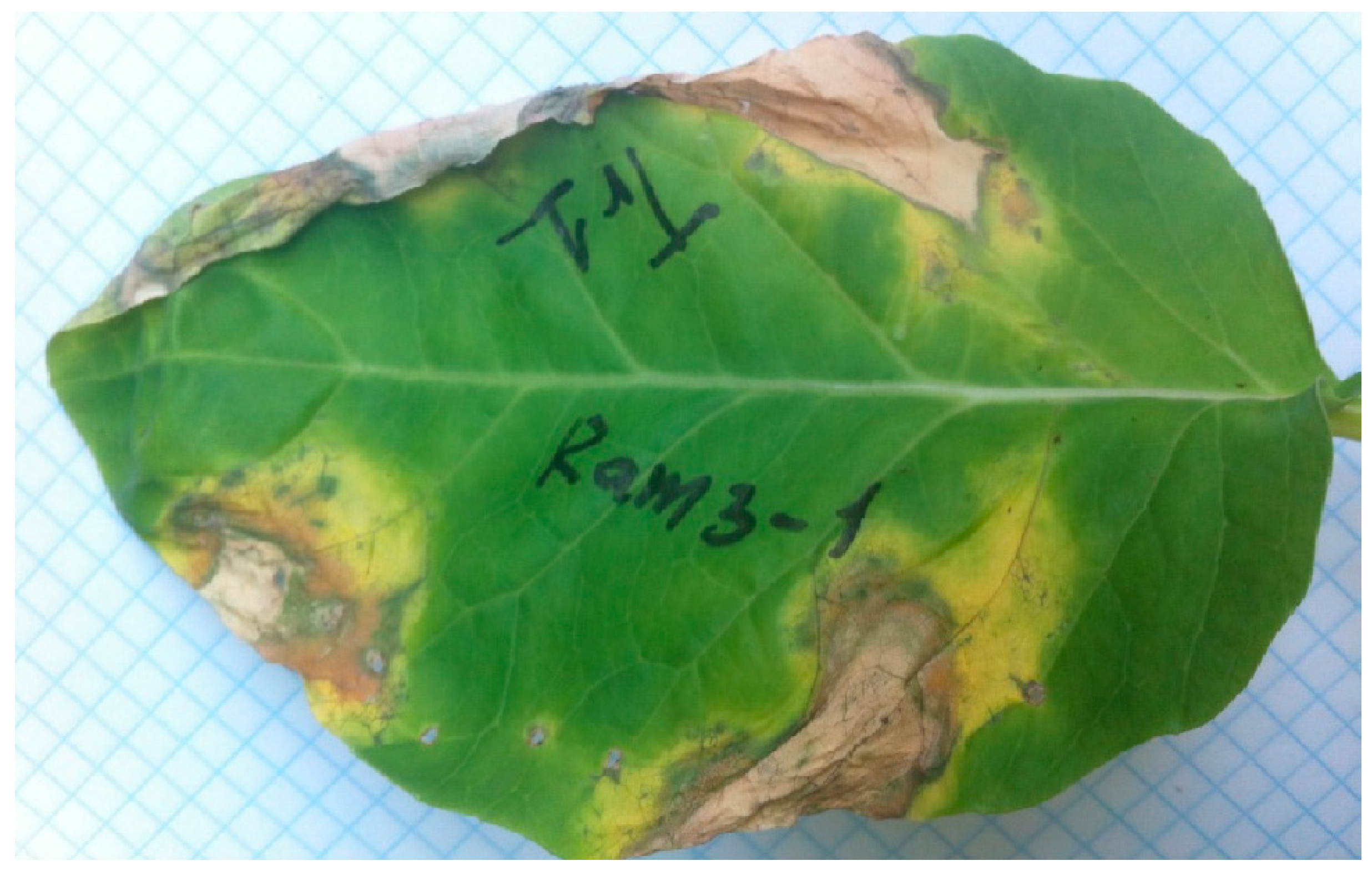Newswise — RUDN University agronomists have discovered a bacteriophage that destroys bacteria dangerous to cabbage and other plants. The results were published in Viruses.
Bacterial leaf spot is a common plant disease. It most often occurs in warm weather conditions and high humidity. The disease is caused by a bacterium called Xanthomonas campestris pv. campestris (Xcc). Phytopathogenic xanthomonas enter the tissues from infected seeds or parts of plants remaining in the soil from the previous season, and after about a week, watery spots appear on the leaves, which darken over time, and this part of the leaf dies. Gradually the spots cover most of the foliage. This bacterium poses a great threat, for example, to cabbage. RUDN University agronomists have found a virus that infects a pathogen dangerous to plants—they named it Murka phage.
“Cabbage is one of the major vegetable crops in the world due to its nutritional properties and benefits to humans. Russia produces about three million tons per year, the third largest cabbage production in the world. Bacterial leaf spot, which is caused by the Xcc bacterium, is one of the most destructive diseases of this crop. The pathogen is transmitted mainly by latent infection of seeds, can be spread by wind, precipitation, and insects, and can survive in plant debris. Xcc is among the top 10 most important bacterial plant pathogens,” Petr Evseev from RUDN University said.
Agronomists looked for a possible way to combat the phytopathogenic Xanthomonas among bacteriophages. These are viruses that infect bacterial cells, penetrating them and beginning to multiply inside. For the study, agronomists isolated strains of bacteria from infected cauliflower and white cabbage in Russia, Moldova, Ukraine, Belarus, and the Netherlands - 14 strains in total. The authors also took soil samples from a cabbage field near Tiraspol that was experiencing an outbreak of bacterial spot. A bacteriophage was found in this sample, which was named Murka.
Murka was able to destroy 9 out of 14 Xss strains (64%). Scientists also studied the genome of this virus. It consists of 44,044 pairs and contains 83 previously predicted genes. From a taxonomy point of view, it belongs to the genus Foxunavirus, and in structure, it belongs to the non-taxonomic group of myoviruses.
“We have described a new Murka bacteriophage that destroys 64% of Xcc strains tested. It has the typical morphology of a myovirus and is classified as a Foxunavirus. It is a promising agent for the biological control of cabbage bacterial spot. However, to prove this, further tests are needed on plants under conditions of artificial infection,” Alexander Ignatov, Doctor of Biological Sciences, Professor of RUDN University said.
